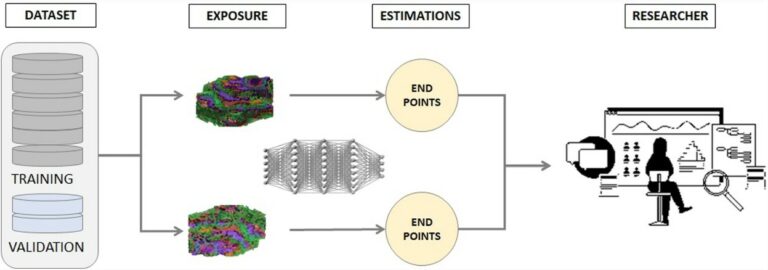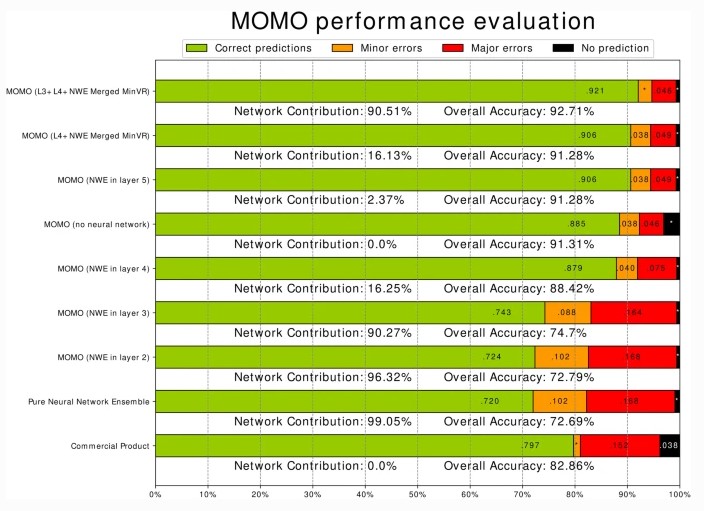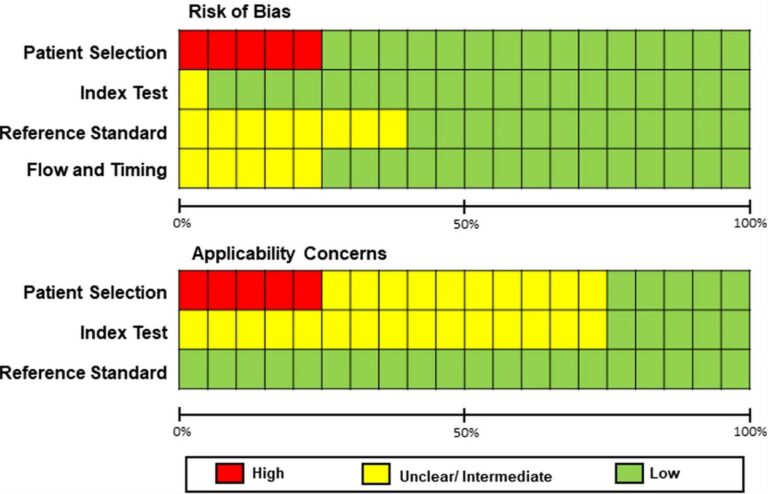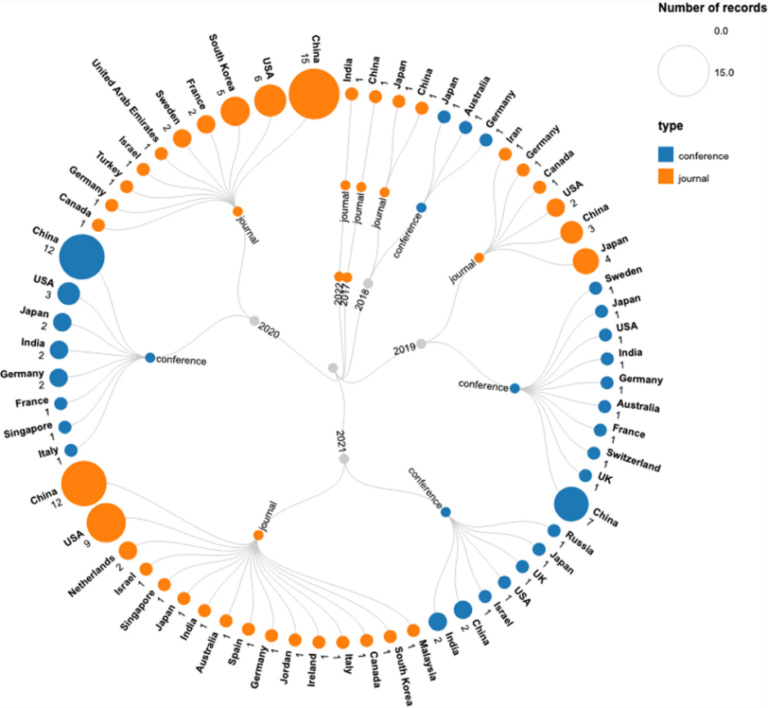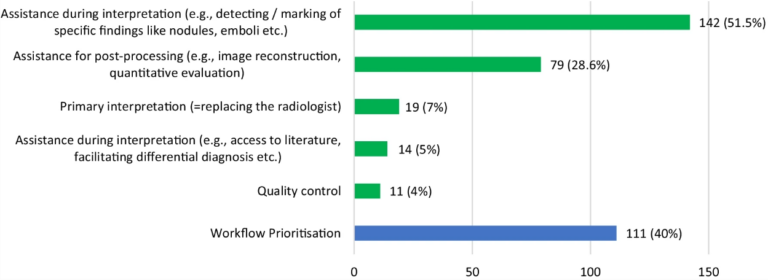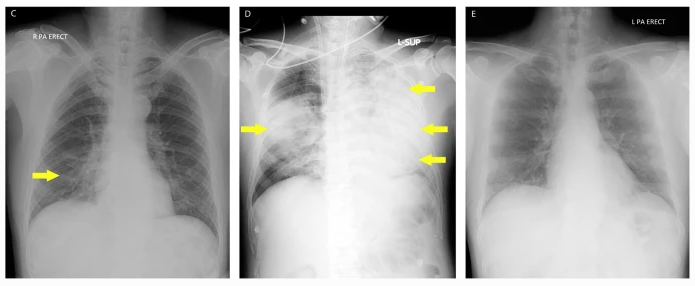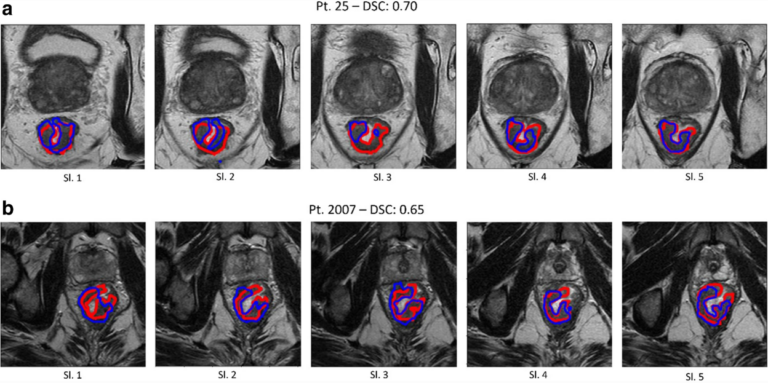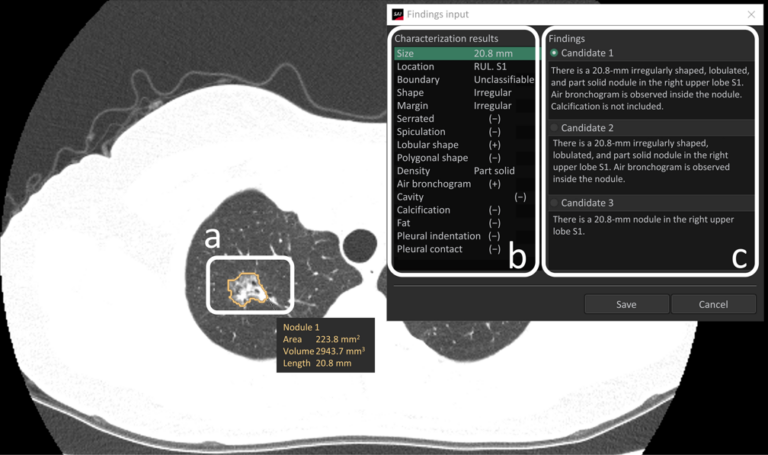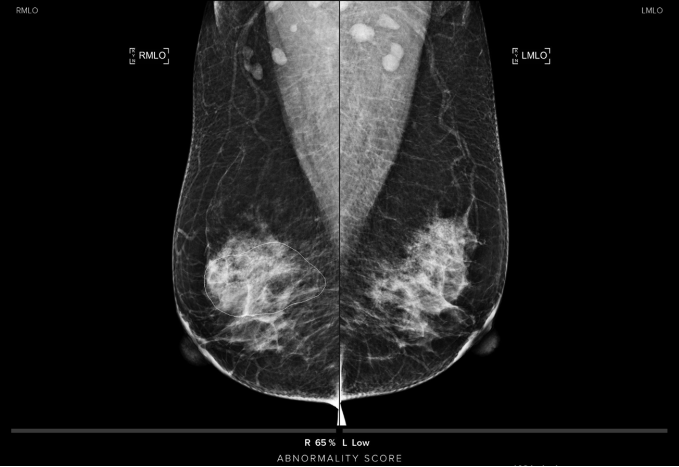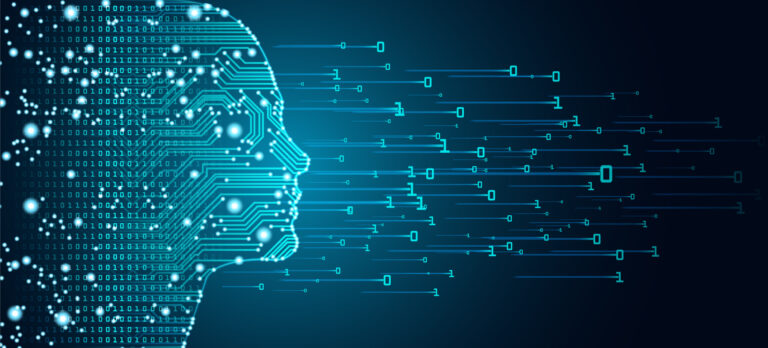
Communicating with patients in the age of online portals
Future generations of patients are very likely to get more involved in decisions regarding their healthcare according to the motto “nothing about me without me”. The deployment of electronic patient portals increasingly allows patients throughout Europe to consult and share their medical data, including radiology reports and images, securely and timely online. Technical solutions and rules for releasing reports and










